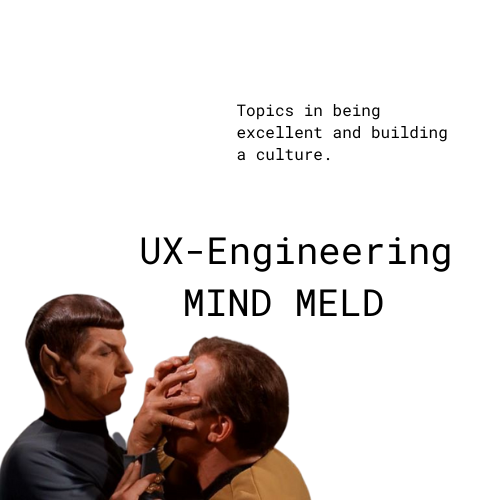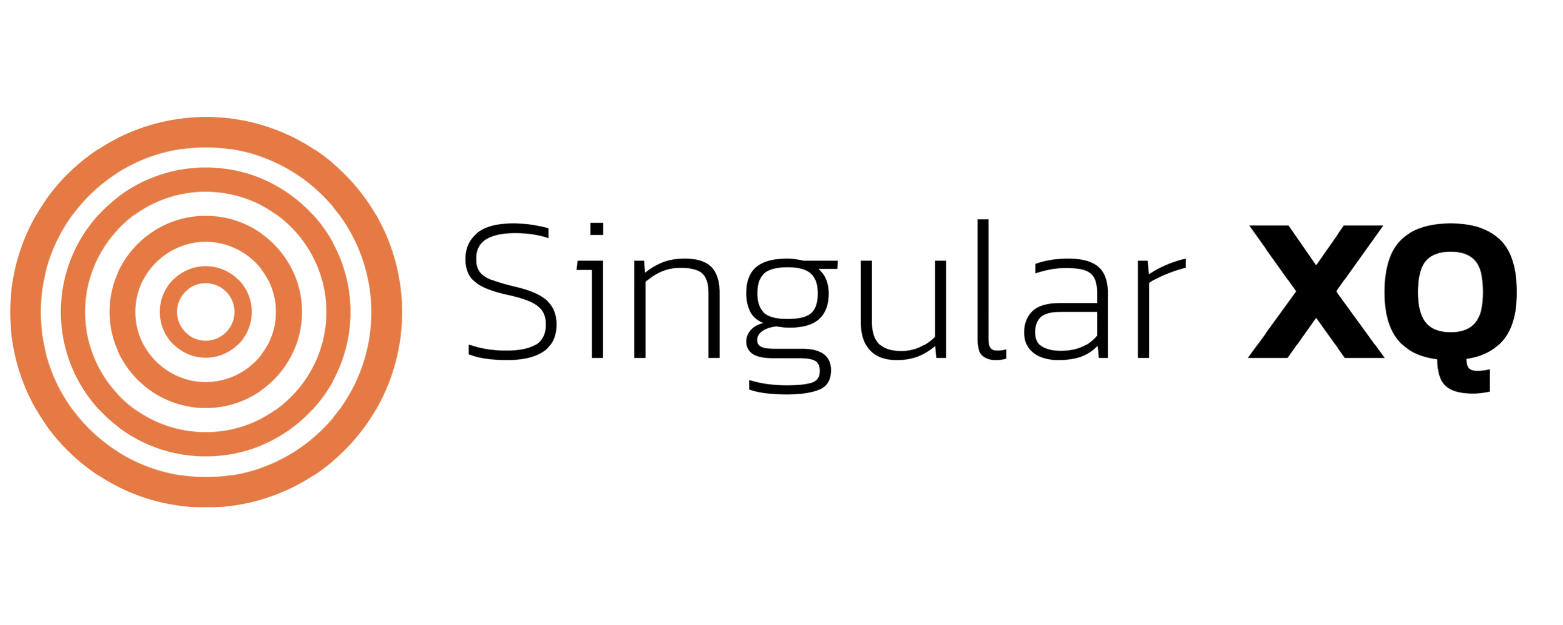The Top 5 Blockers to Building a Robust UX Culture: Part 4
This post is part 4 of a 6-part series on Blockers to Building a Robust UX Culture.

This post is part 4 of a 6-part series on Blockers to Building a Robust UX Culture.
You can find part 1 here.
You can find part 2 here.
You can find part 3 here.
The Top 5 Blockers to Building a Robust UX Culture
- Placing UX culture in traditional organizational hierarchies.
- Keeping UX separate from Agile transformation.
- Allowing silos between UX and Engineering to form and become embedded.
- Hiring the Wrong People.
- Not integrating UX with a strong Product IT Culture.
Allowing silos between UX and Engineering to form and become embedded.
As this has become an in-vogue topic for business leaders, “stakeholderism” has created a new set of problems. As Professors Bebchuk and Tallarita have pointed out, the promises of stakeholderism — -a more just and equitable corporate culture with an improved customer and employee experience and a greater sense of stewardship over their wealth and the planet — have proven to be somewhat illusory. As management becomes more empowered, they’ve primarily been using it to benefit themselves.
One way this manifests is the centralization of functions that are multidisciplinary and collaborative by nature. Traditional organizational hierarchies support and incentivize creating silos. (In dysfunctional cultures, those silos become fiefdoms.) I recently talked with a senior manager who was building a centralized UX research function for software development at a large telecom company. I asked him why the organization centralized the process instead of distributing it to product-focused teams. There are good reasons to centralize, in some cases, and I wondered which rationale motivated the decision. However, the question stopped him for a moment. After reflecting, he said, “well, it’s about how we get our money and our headcount.”
And so you see, the collision of stakeholderism with traditional hierarchies has produced an environment where the decisions become pinned to managers who want to increase their power, control, and headcount regardless of the impact on processes and efficiencies.
When these functions are centralized and controlled, teams operate on different sets of tools and platforms, using different timelines and cadences, and finding it challenging to come together to make decisions collaboratively. In one case study I worked on, the engineering, UXD, and UXR teams were all on different sprint schedules, used different ticketing tools, and had different timelines for prioritizing needs. Management frequently asked contributors to write and maintain tickets in two or three separate scrums for the same task. Even though tools existed to integrate those tickets, no one had bothered to deploy them.
The most pernicious effect of silos between UX and engineering is that the UX team tends to operate in a waterfall manner — -that is, they throw their designs and sometimes complete experiences over the wall for engineering to slice and dice, who are operating on a completely different set of principles (usually Agile). Because the product and engineering team are working at an Agile pace, the UX team sits at the table after primary decisions are made, with PMs and POs asking them to validate and execute solutions they’ve had no part in solving. It means that the UX team and any research capabilities they’ve been able to develop are operating behind the Product and Engineering team instead of where they belong: out in front.
Mindset shift:
Even if your organization is working in a centralized way, find every opportunity to let cross-functional collaboration happen, through sprint-based syncs, unifying tool sets where possible, and even organizing social events. I call these events silo-busters. One event I organized was a bi-monthly “Engineering UX Mind Meld” that involved door prizes and trivia and encouraged a half-hour problem-solving retro for the more significant inefficiencies we didn’t have time to discuss in a regular sprint cadence.
One of the human factors in fiefdoms and silos is that teams can develop an “us and them” mentality that sees the input from other groups as a threat to being able to work the way they know is best. The only solution is building relationships across silos and acknowledging common goals. When people can relax and have fun together, it becomes more difficult to see these people as a threat.




